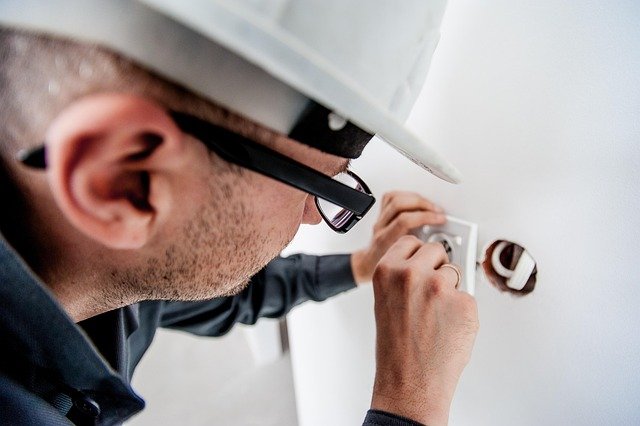Diagnosing airflow restrictions: quick homeowner checks
Airflow restrictions can reduce comfort, increase energy use, and affect the reliability of heating equipment. Homeowners can perform a few straightforward checks to identify common causes before calling a service technician. The following guidance explains practical visual and simple diagnostic steps that help you spot filter, duct, thermostat, or ventilation issues safely.

What causes reduced airflow in furnaces or boilers?
Reduced airflow can come from several places: clogged furnace or boiler air intakes, blocked ducts, closed or obstructed vents, and dirty filters. In combustion appliances, restricted intake air can also affect combustion performance and pilot or ignition systems. Look for visibly dirty filters, sagging ductwork, collapsed flexible ducts, or vents covered by furniture or drapes. Early detection preserves efficiency and helps maintain safety by preventing strain on the blower motor and uneven heat distribution.
How do filters and ventilation affect airflow?
Filters are the most common homeowner-accessible cause of poor airflow. High-efficiency or overloaded filters can restrict flow if not changed on schedule. Inspect filters monthly during heavy use seasons and replace or clean per manufacturer recommendations. Ventilation matters too: exterior intake vents and exhaust flues must be clear of debris, snow, or nests. Ensure supply and return vents are unobstructed and that airflow balance feels consistent between rooms to keep systems operating within designed parameters.
Can the thermostat and diagnostics reveal airflow issues?
A thermostat won’t measure airflow directly, but it can reveal symptoms: short cycling, long run times, or uneven temperature across zones suggest airflow problems. Some modern thermostats and smart HVAC controls provide diagnostics like runtime patterns and error codes that hint at blower strain. Use basic thermostat observations—consistent temperature difference between the sensor reading and room comfort—to decide if deeper airflow diagnostics or a professional inspection are needed.
How combustion and balancing relate to efficiency and safety
In systems that burn fuel, proper combustion requires the right air supply; restricted airflow can lead to incomplete combustion and potential safety issues. Balancing supply and return airflow across spaces prevents pressure imbalances that can draw combustion gases into living areas. While balancing often requires professional tools, homeowners can check that vents aren’t closed and that returns are free of blockage to reduce the risk of draft issues and to support efficient, safe operation.
When should inspections and scheduling be done?
Routine inspections catch airflow restrictions before they cause damage. Schedule at least annual inspections for combustion appliances and mid-season visual checks for non-combustion systems. If you notice persistent airflow reduction, strange odors, or system noises, schedule a diagnostic inspection sooner. Regular scheduling of filter changes and simple monthly visual checks of vents and ducts is an effective preventive rhythm that supports system reliability and extends equipment lifespan.
How diagnostics, balancing, and simple homeowner fixes help lifespan and reliability
Basic diagnostics—checking filters, feeling for airflow at vents, and scanning accessible ducts—can resolve many minor restrictions. For balancing or diagnosing hidden duct leaks, call a qualified technician who can perform measurements and repairs. Addressing restrictions reduces blower wear, helps maintain efficiency, and extends component lifespan. Keep records of inspections and any corrective actions so you can monitor trends in performance and reliability over time.
Conclusion Routine attention to filters, vents, and visible ductwork, combined with thoughtful thermostat observation, gives homeowners the ability to detect many airflow restrictions early. While some balancing and combustion-related diagnostics require trained professionals, simple checks and regular scheduling of inspections can improve efficiency, safety, and equipment longevity. Treat clear vents, timely filter care, and scheduled inspections as part of steady home heating stewardship.






